Tag Markets Broker Review
Tag Markets (tagmarkets.com) presents itself as an international broker offering trading in cryptocurrencies, forex, stocks, metals, and CFDs. The company advertises copy trading, managed accounts, personal account managers, and VIP programs. It claims to provide 24/7 support, fast trade execution, and compliance with legal regulations. At first glance, the platform appears professional. However, a closer examination reveals multiple factors that raise serious doubts about the broker’s legitimacy and trustworthiness.

Tag Markets exhibits many warning signs typical of high-risk and potentially fraudulent brokers. Legal compliance claims are unverified, licensing statements are misleading, and the corporate structure is opaque. Independent reviews and client feedback reveal repeated issues with withdrawals and account management. Anyone considering working with Tag Markets should carefully review these findings before investing any funds.
Regulatory Claims
Tag Markets claims to operate under financial regulations and legal standards. In reality, the broker does not have a valid license from any recognized regulatory authority. Tag Markets is not registered or authorized by the FCA, CySEC, ASIC, SEC, or any other reputable global regulator. The company refers to a license previously held by a different company, which was already canceled. Continuing to use this invalid license number is a clear attempt to mislead clients into believing the broker is legally regulated.
European financial authorities have issued warnings about Tag Markets providing services without authorization. This means that clients are not protected under investor compensation schemes, and there is no legal recourse in case of disputes or loss of funds.
Legal Status and Jurisdiction
Tag Markets claims to comply with legislation in Russia and CIS countries. These statements are unverified and misleading. The broker does not have licenses from local regulators in these regions and is not legally recognized as a financial services provider. The company operates primarily through offshore entities in jurisdictions with weak financial oversight. Ownership information, management details, and beneficial owners are not disclosed, and there are no audited financial statements or proof of segregated client accounts. This lack of transparency increases the risk for anyone depositing funds with the broker.
Trading Platforms and Conditions
Tag Markets offers access to MetaTrader and its own internal trading platform. The broker promotes fast execution, real-time pricing, and reliable trade processing. However, critical details such as execution type (ECN, STP, or dealing desk), liquidity providers, spreads, and fees are not disclosed. Without this information, traders cannot assess the fairness or true cost of trading.

Numerous client complaints highlight widened spreads, delayed executions, and unusual price movements. Real trading conditions appear to differ significantly from the advertised claims.
Copy Trading and Managed Accounts
Copy trading and managed accounts are presented as easy ways to earn profits without experience. Tag Markets does not provide information about who manages client funds, whether these managers are licensed, or how performance is calculated. Legal agreements covering these services are either missing or incomplete, leaving clients without clear protections or guarantees.
VIP Programs and Account Managers
The broker emphasizes VIP programs and personal account managers to encourage larger deposits. Promises of lower fees, bonuses, and higher returns are used to motivate clients to invest more money. Complaints indicate aggressive marketing tactics, pressure to increase deposits, and misleading profit expectations. After significant deposits are made, the quality of support reportedly decreases, and accountability disappears.

Deposits and Withdrawals
Tag Markets offers multiple deposit and withdrawal methods, including bank cards, cryptocurrencies, wire transfers, and digital wallets. Fees and processing times are described as “individual” or “fast.” In practice, withdrawals are frequently delayed or blocked. Clients report additional verification requests, sudden trading volume requirements, and refusals to release funds. These issues often appear after profits have been made or when clients attempt to withdraw larger amounts. Account blocking and lack of support are recurring themes.
Client Feedback
User feedback shows consistent patterns. Initial experiences may seem positive, with smooth deposits and attentive support. Problems emerge when clients attempt withdrawals, stop depositing, or question account management. Negative reviews include inability to withdraw funds, ignored support requests, and changing terms without notice. Positive reviews rarely confirm successful fund withdrawals and are often limited to interface usability or preliminary interactions with managers.

Marketing and Education
Tag Markets promotes educational videos and analysis to attract beginner traders. While this content may appear helpful, it does not offset the absence of regulation, transparency, or investor protection. Educational resources serve primarily as marketing tools to build trust and encourage deposits.
Conclusion
Tag Markets is an unregulated offshore broker with misleading regulatory claims, an opaque corporate structure, and repeated withdrawal issues. The company’s use of invalid licenses, aggressive marketing, and client complaints strongly indicate a high-risk and potentially fraudulent operation.
Trading or investing with Tag Markets carries a serious risk of total loss of funds. There is no legal protection or compensation available to clients. Only fully licensed, transparent, and regulated brokers should be considered for safe investment and trading activities.
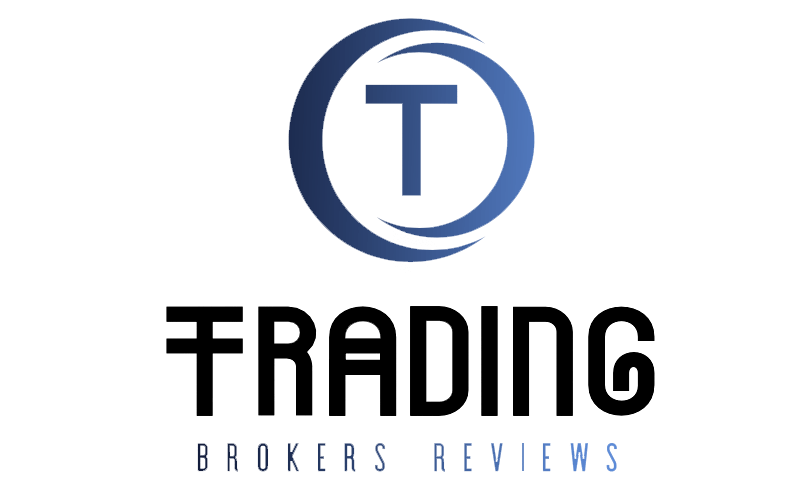

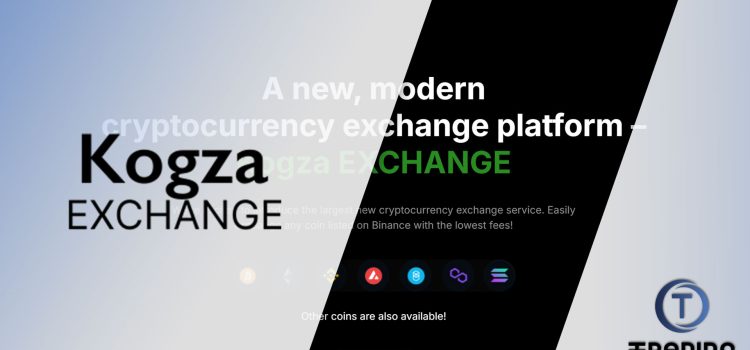




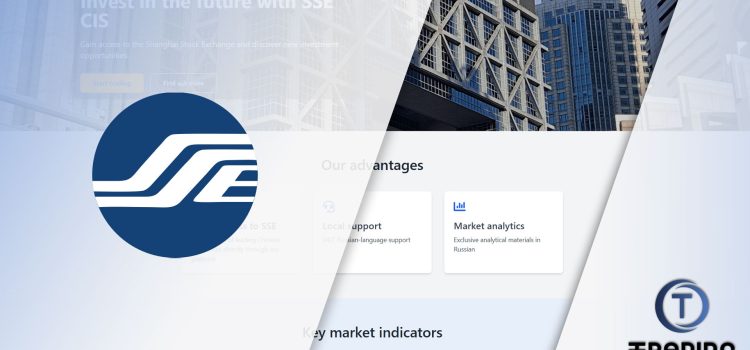









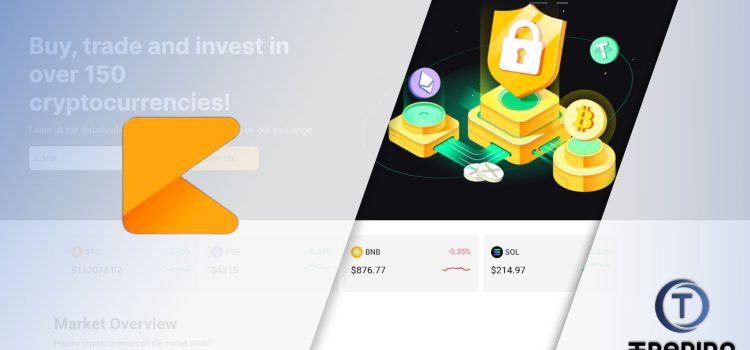








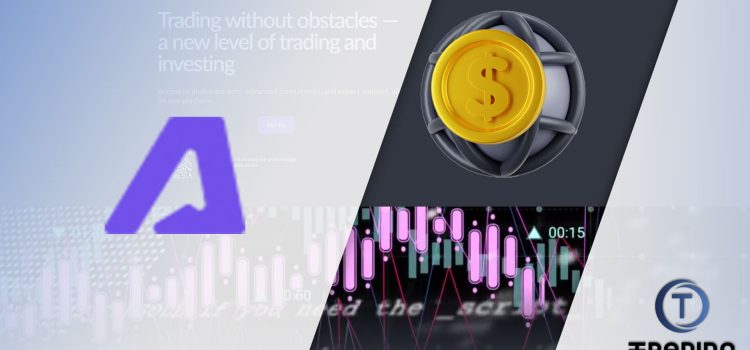



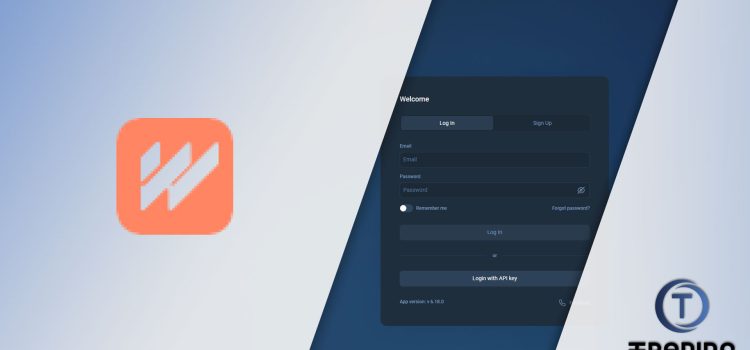


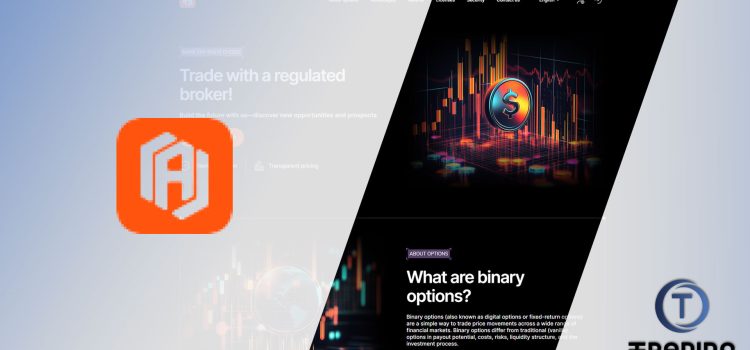










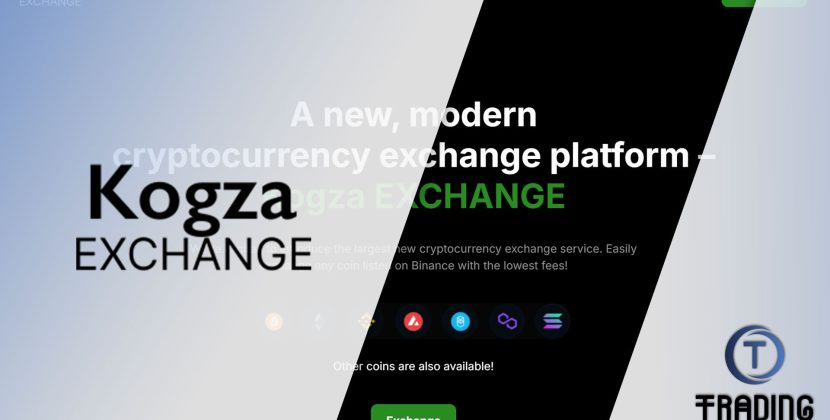
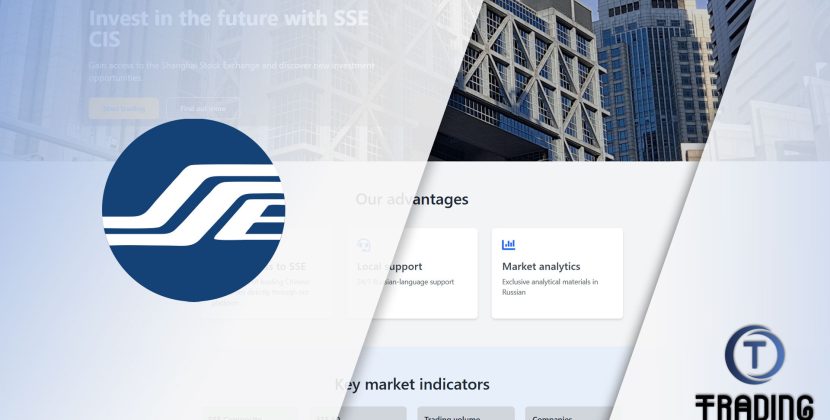
Comments
Alrakamiya Broker Review
Mesojetus Broker Review
Bigarizonaco Broker Review
StarTrader Broker Review
Bitwave Capital Broker Review 2025